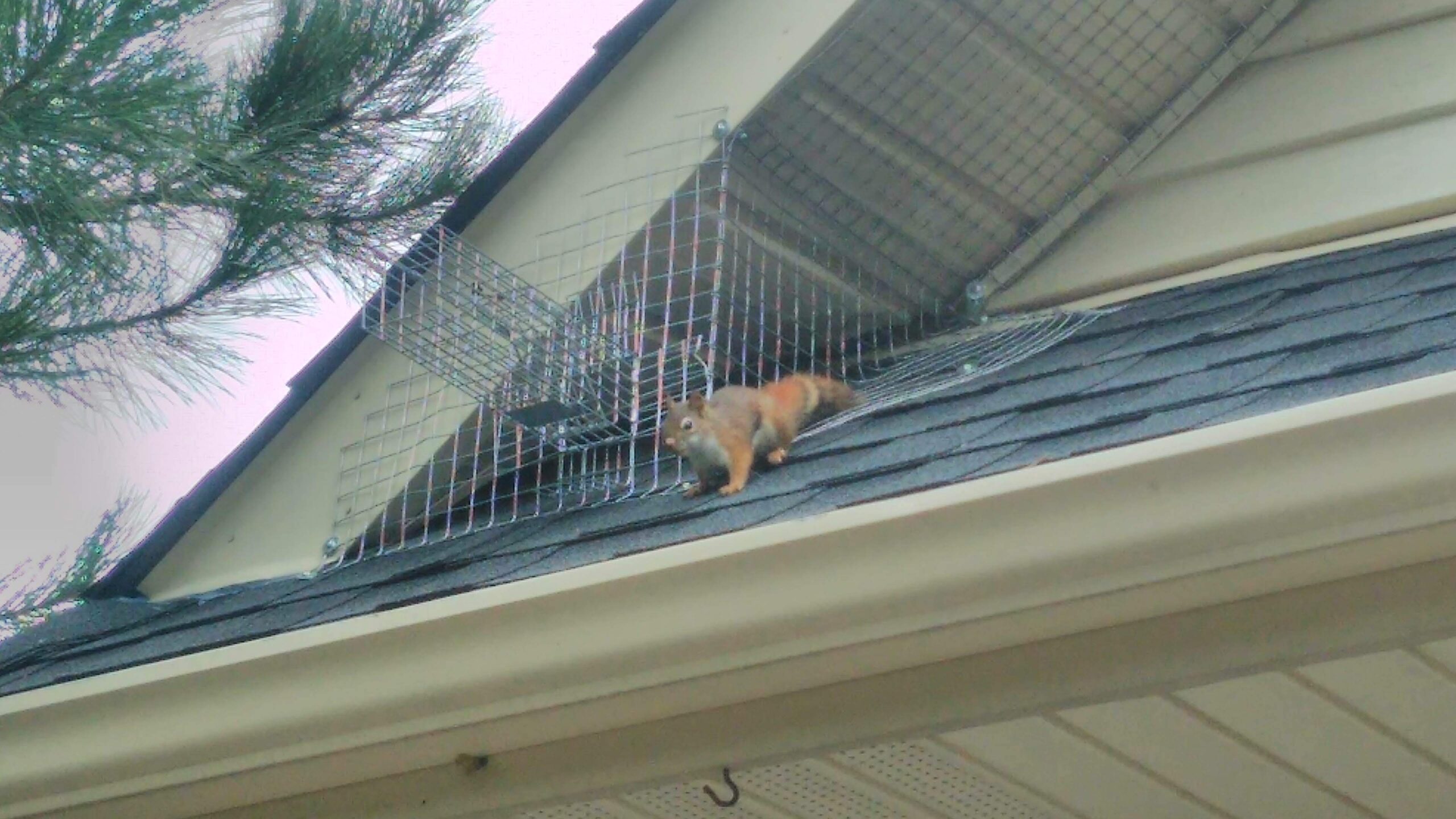If you notice damage to your spruce, white pine, or other coniferous trees on your property, you may be dealing with red squirrels. While they may appear similar to grey squirrels, these little rust-colored rodents store food in a distinct way. Find out why this distinction matters when it comes to wildlife removal in Milwaukee and explores the ways that Skedaddle Humane Wildlife Control can restore your home and protect your spruce trees from squirrel damage.
Red Squirrel Eating and Food Storage Habits
Squirrels are typically scavengers, but red squirrels, in particular, eat a wide variety of seeds, plants, larvae, and even birds’ eggs. However, one of the most common food sources for these rodents is spruce trees. Spruce trees have an abundance of cones and seeds that red squirrels find appealing. They can remove and store a large number of cones from a conifer, which can cause serious damage to a tree.
These squirrels are territorial and look for homes where they can safely store their food. Because red squirrels store food in their dens and other covered areas, they aggressively protect their territory and seek out sheltered places for food storage opportunities.
For a red squirrel, a food storage area is far more important than a warm place to sleep. Red squirrels are very determined to enter warm, dark places, such as attics, to store their food. Once the food is stored in your attic it can be very difficult to prevent these rodents from reentering your home to seek their food storage area.
Don’t attempt to remove a red squirrel on your own or seal one out of your attic. If you see or hear signs of a red squirrel in your attic, it may have a food cache. Sealing your attic at this point could result in further damage as a red squirrel aggressively attempts to reclaim its food. Work with our technicians for a humane, effective removal option. After removing squirrels from your home, we’ll work with you to find a solution to protect your spruce trees. Providing an alternative food source can be an effective strategy to discourage damage to your trees without harming the local squirrel population, but discuss this option with a professional before attempting it on your own.
Red Squirrels vs. Grey Squirrels
Grey and red squirrels differ in many important ways that affect wildlife control strategies. Besides the color difference, red squirrels are noticeably smaller than grey squirrels. This allows them to enter your home through smaller openings.
Grey squirrels usually bury nuts and other food in the ground, while red squirrels look for a more secure hiding spot in or around their den. Red varieties are usually more active than grey ones, particularly when trying to enter your home. Unfortunately, both types of squirrels are able to carry diseases, and their feces and urine are toxic to humans.
Both grey and red squirrels are known to damage trees. Spruce trees and other evergreen trees provide a food source to these species of squirrels, so it’s important to humanely remove squirrels from your property to protect your trees. Both varieties of squirrels are known to break branches, strip bark, and remove cones as they store food for the winter.

Protect Your Home and Your Spruce Trees Today
Tell squirrels on your property to scamper with the help of Milwaukee Skedaddle Humane Wildlife Control. Our team uses the latest safety techniques and years of experience to humanely remove red squirrels from your property and protect it from further damage. We’ll clean your attic, remove any stored food, and find ways to protect your spruce trees from the local red squirrel population. Contact us today to learn more about the unique features of red squirrels and enjoy full-service wildlife control by experts in your area.



